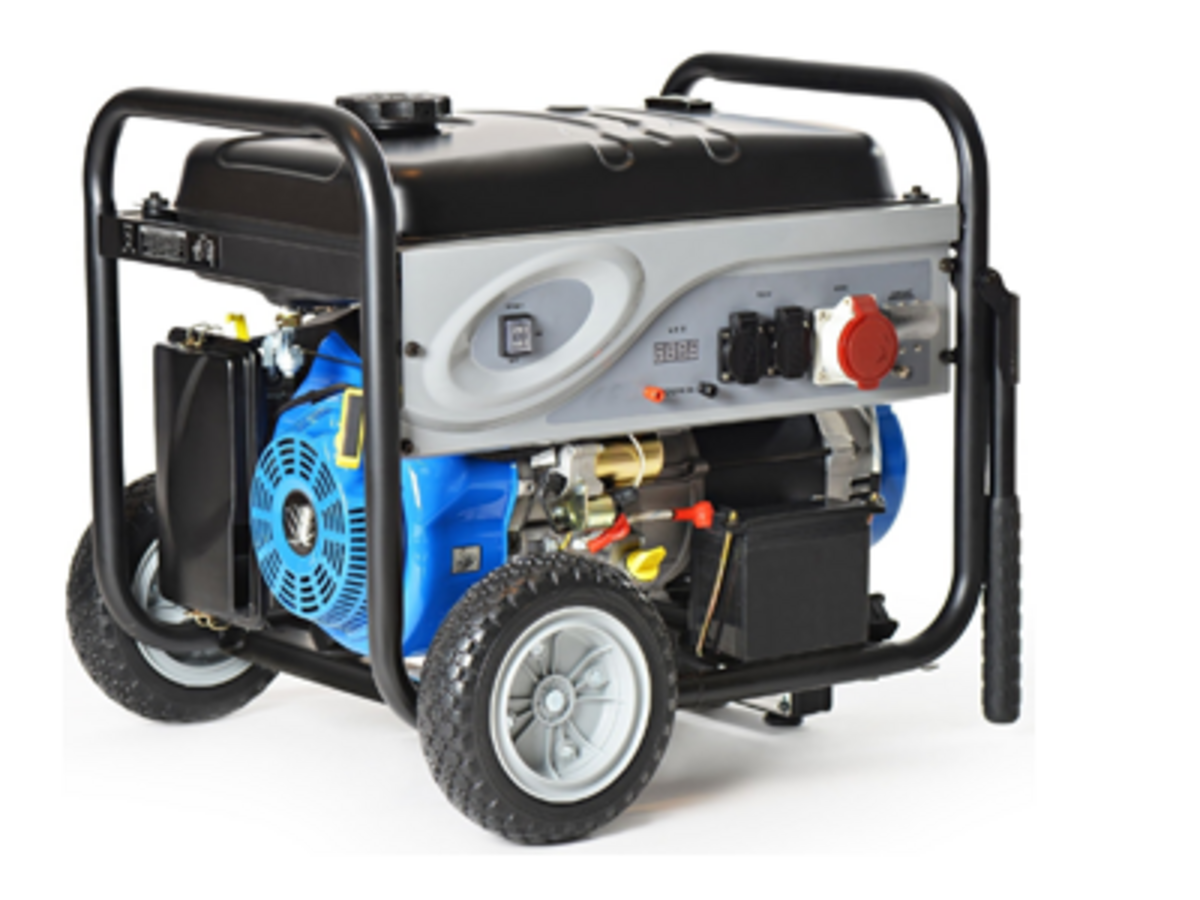January 19, 2018
On January 3, 2018, consensus was achieved on the 2nd edition of ANSI/UL 2201 – the American National Standards Institute accredited national standard for Carbon Monoxide (CO) Emission Rate of Portable Generators. Driven by the work of the Task Group and by specific comments provided by the Standards Technical Panel (STP) and other stakeholders, ANSI/UL 2201 received the affirmative votes necessary from STP participating in the standard’s development to make ANSI/UL 2201 the first U.S. consensus standard for addressing carbon monoxide emissions from portable generators. The CPSC, Consumer Federation of America, National Consumers League and other safety organizations have all given their support for ANSI/UL 2201 as well.
ANSI/UL 2201 addresses performance requirements to mitigate CO poisoning and contains a comprehensive, carefully developed two-tier strategy:
- The first safeguard calls for a reduction in CO emissions.The method by which a manufacturer achieves this is not prescriptive, to allow the use of widely available and proven technologies already in the marketplace, such as electronic fuel injection (EFI), an onboard electronic engine management system that can greatly reduce CO emissions from the engine. By significantly reducing the amount of CO a portable generator emits, the likelihood of CO poisoning and death is also reduced.
- The second safeguard, shutoff technology, provides additional protection when a generator is misused in an enclosed space, such as a closed garage or basement. ANSI/UL 2201 requires protection from the buildup of CO, which can be addressed by using the appropriate sensors and incorporating shutoff technology into the product.
Because field history indicates that portable generators are used, and misused, in widely variable conditions, both safeguards are important steps to help improve portable generator safety.
UL works to help ensure the safe manufacture and use of improved technologies through rigorous assessments on portable generators. ANSI/UL 2201 offers testing for CO under a variety of conditions to verify additional protection for consumers. ANSI/UL 2201 contains a comprehensive, carefully developed strategy to mitigate CO poisoning. Any retailers or seller of portable generators should review their current compliance requirements and consider adopting ANSI/UL 2201. End users and consumers should review Consumer Product Safety Commission's guidance for Portable Generators and look for Low Carbon Monxide ANSI/UL 2201 certified portable generators available later in 2018. Every equipment maker should contact UL to certify their Portable Generator to ANSI/UL 2201 2nd edition. To learn more visit www.ul.com/portablegenerators.

